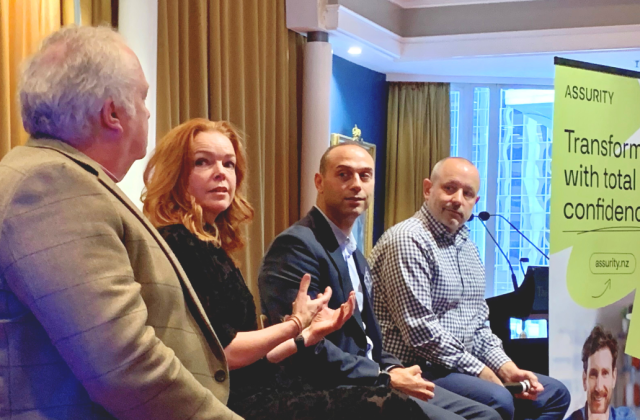Date: 02 August 2021
Many organisations are turning to cloud-based applications for reasons which include speed to implementation, cost, ongoing maintenance requirements to name a few.
However, Assurity is seeing many companies customising these cloud-based applications to better tailor to their business. The upside is they have the goodness of cloud without some of the headache of an on-prem solution. The downside, they’ve just created a new problem! Software vendors offering cloud-based applications provide frequent updates to their products. It’s one of the benefits of the cloud… make updates each day, each week, each month versus a major upgrade once a year. The problem is these updates need to be tested in the customer’s environment to ensure it still operates as expected as a result of the customisation. The net of it… not all updates are implemented and support contracts become voided until the next update.
Keeping up
In Gartner’s Magic Quadrant for Cloud ERP for Product-Centric Enterprises, Gartner mentioned that customers report difficulty in keeping up with the frequency of Microsoft Dynamics 365 updates for both application and platform changes. Assurity has also heard that here in New Zealand, often putting organisations in a difficult position of deciding to implement that latest update… or not.
The difficulty isn’t in the implementation, but rather knowing the implementation won’t bring down any systems and thus business processes when done so as a result of the customisation done to the software. We know that Microsoft Dynamics 365 operates without issues, but will it operate in the customer’s environment?
As a result, organisations need to test the update prior to release to ensure the stability of the IT environment. This is required for the biggest or even the smallest of customisation done to Dynamics 365. From our conversations with clients, this could take a few days to well over a week to do. They don’t have the people or time to support such an effort for every new update. Thus the decision of ‘do we implement or not?’.
Shift to digital
Assurity has found that many of our clients are looking for continuous quality assurance with their applications and thus looking to ensure testing is part of the overall project timeline and budget. As our clients become more digital in their business processes and operations, there is a growing need for digital business and quality assurance. This is because of the shift from traditional applications to digital platforms that integrate cloud, mobile and digital technologies creating more potential points of failure.
The idea of continuous improvement isn’t new, but it needs to be applied to the testing environment. Many organisations simply test the initial implementation of software. Although this application testing is necessary and critical for the full success of the implementation, with digital business and cloud-based applications, the idea of continuous testing as part of continuous deployment is new. This goes for Microsoft Dynamics 365 updates.
So what should you consider when thinking about how to support your Microsoft Dynamics 365 implementation and ongoing updates?
- Define who is responsible for managing and carrying out testing of these continuous updates. Should this sit with the business as part of their BAU or should it sit with the IT team? It often starts with the business taking ownership of such updates and then they quickly realise the amount of work involved in supporting these continuous updates and turn to IT for help. In our opinion, it should be a combined effort of the two teams as they both have interest in making sure that these updates are successful.
- Investigate how automation can help with minimising regression to enable the test support teams to focus on more interesting testing of new and critical features.
- Ensure that you have the tools and test environments necessary to support testing of these updates. Some clients might think that testing is done after going live and cut down on test environment and tooling licences needed to support testing after go-live.
In conclusion, so much depends on your ERP, so much goes into its delivery, that cutting any corners only has one outcome. After all, testing exposes a wide range of issues and allows for their correction before it becomes a problem in production (at which point, correction is far more difficult, time-consuming and expensive). Examples include data integrity, integration quality, performance issues and much more.
ANY problem identified should be corrected as it arises. And the only way you can do that is with embedded testers walking every step of the way.














